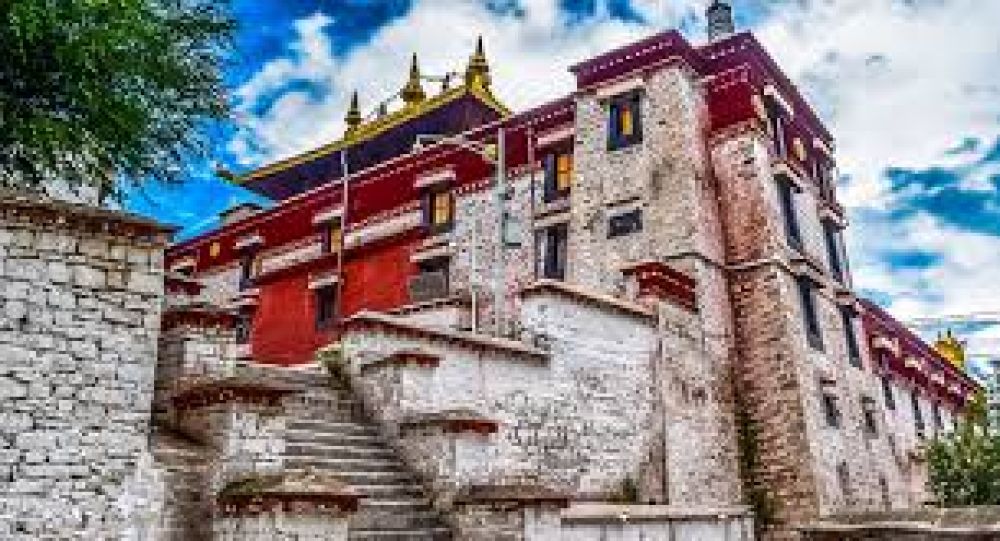

Sera Monastery in Lhasa is one of the great three Gelug university monasteries of Tibet, founded in 1419 by Jamchen Chojey of Sakya Yeshe, a disciple of Tsongkhapa. Throughout history, it has played an integral role in the religious, cultural, and educational fabric of Tibet.
The history of tourism at Sera Monastery is relatively recent, primarily because Tibet was a secluded region for many centuries. The early visitors to Sera Monastery were not tourists but pilgrims, scholars, and traders who passed through Lhasa and visited its monasteries out of religious devotion or intellectual curiosity. It was only after the 20th century, particularly with the establishment of the People's Republic of China and the subsequent development of infrastructure, that Tibet slowly opened up to tourism.
In the latter half of the 20th century, global interest in Tibetan Buddhism and its culture surged, leading to increasing numbers of tourists visiting Lhasa and its monastic institutions. However, political tensions and periods of restrictions meant that Sera Monastery, like other Tibetan monastic sites, experienced fluctuations in tourist numbers.
Following economic reforms and the opening up of China in the 1980s, Tibet and Sera Monastery became more accessible to tourists from around the world. During this time, infrastructure improvements, including better roads and the expansion of the Lhasa Gonggar Airport, facilitated travel to the region.
Today, Sera Monastery is a prominent tourist attraction noted for its beautiful architecture, religious art, and the famous "debating monks". The sight of monks engaging in lively philosophical debates is a unique aspect of the monastery that has become a must-see for visitors. Tourists can also explore the numerous chapels and halls, take in the intricate murals and statues, and immerse themselves in the vibrant atmosphere of Tibetan Buddhist culture.
While respecting religious practices and local customs, tourism in Sera Monastery now also incorporates more interactive and engaging experiences. There has been a rise in responsible tourism, with visitors increasingly seeking authentic and sustainable encounters. There is also greater emphasis on local tour guides who can provide in-depth knowledge and insight into the monastery's rich history and traditions.
In an effort to preserve the integrity of the monastery and its environs, sustainable tourism initiatives have been implemented. These include measures to manage visitor numbers, regulate the effects of tourism on the daily life of the monks, and reduce the environmental impact of increased human activity in the area.
Despite its popularity, Sera Monastery faces challenges such as cultural dilution and the need for preservation of its ancient structures. Navigating these challenges is essential for maintaining the monastery as a site of religious importance and a beacon for tourism. With its stunning visuals and deep cultural significance, Sera Monastery will likely continue to be a sought-after destination for tourists seeking a touch of spiritual enrichment and a glimpse into Tibet's rich cultural tapestry.
Future trends may see a further blend of virtual tourism where technologies like VR (Virtual Reality) could offer remote access to aspects of the monastery, supplementing the physical experience for those unable to travel.